How Many Medical Kits Do You Really Need?
How Many Medical Kits Do You Really Need?
How far are you from a medical kit right now? Think in terms of inches, feet and yards. For many of us, the distance might be longer than we’d like if an emergency arose. Today, we want to dive into a planning process you can use to determine the type and quantity of medical kits that you need, as well as where to store them.
Right off the bat, let’s address the inherent bias of a company that makes medical kits, giving advice about medical kits. It’s always hard to strike a balance between getting good information out there and offering solutions for people to purchase.
However, we’ll say with all honesty that while we’d love to sell you a medical kit, the information contained below is applicable to any medical kits you can purchase on the market. We’d rather see you geared up correctly with a competing product than having nothing at all. With that being said, we’ll avoid spamming the piece with links and instead just toss a single link at the bottom to our whole medical section so you can browse at your leisure.
Where to Start
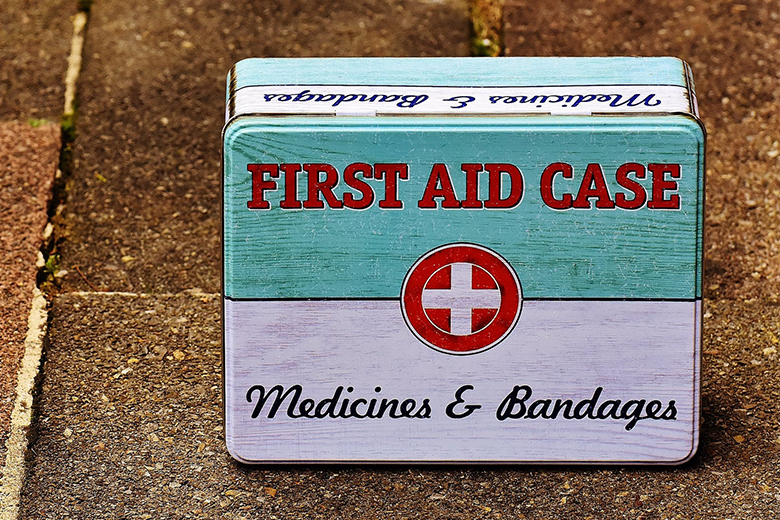
Medical situations happen throughout our daily lives and many times we take for granted that they’re usually not too severe. When you get a whopper of a paper cut, you’ll probably just reach for the bandage box in the medicine cabinet and slap that Hello Kitty™ bandage on. (Hopefully washing out the cut first!)
It might seem odd, but a well-stocked first aid kit is actually the first step we recommend in medical preparedness. The reality is that you’re more likely to encounter injuries requiring “basic” first aid tools, than more advanced trauma-level items. This isn’t to say those aren’t important, but if you’re not medically prepared at all, a first aid kit is a good first step.
Look for first aid kits that offer quality components, like cloth bandages and name brands you know. There’s nothing worse than having to relent to wearing a bandage on your finger and having it come off the first time you have to wash your hands. Also be sure there’s enough quantity of each component that one small injury isn’t going to wipe out your stock.
However, be wary of kits that advertise how many “pieces” are included, as they may just be shooting for quantity over quality. Also confirm the medications that come with the kit, ensuring you have things to treat allergic reactions, pain and even diarrhea. (Don’t laugh, it can be a fairly serious condition.)
Location, Location, Location
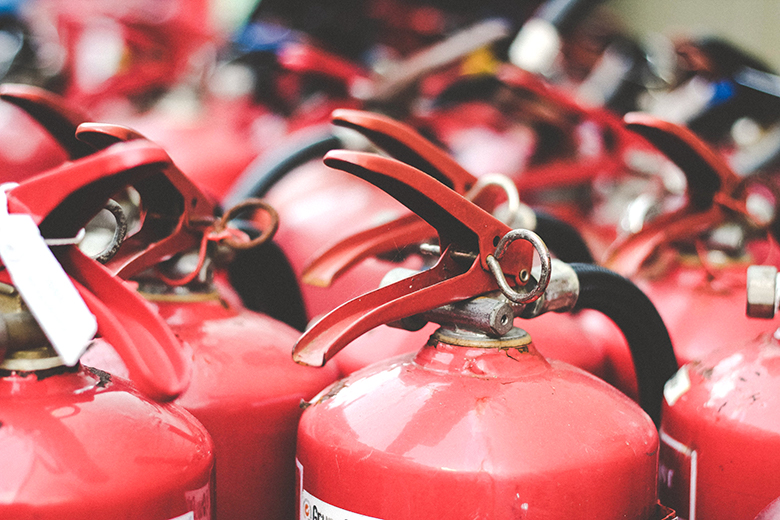
Back at the beginning, we asked how close you were to a medical kit. This wasn’t just to test your preparedness, it was to get you thinking about the locations you have things stored in. Many household medical kits are stored in places like a medicine cabinet in the bathroom or even a hallway closet. However, it’s much more likely that injuries in your home will occur in places like your garage or kitchen. Having a medical kit tucked away in a bathroom may waste valuable treatment time in an emergency.
Also consider where you keep fire extinguishers in your home, vehicle or office. (Side note, if you don’t have a fire extinguisher in those locations, please stop what you’re doing and get one immediately.) Think about why you have an extinguisher there and start thinking the same way about medical kits, which work great in areas where you keep fire extinguishers to help create an “emergency center” where you and your family can gather to react to situations.
For home, the garage and kitchen are the perfect places to keep kits. With tools and high activity all around, these areas are prone to injuries, but also usually in a central location. In an ideal world, you’d have a medical kit in each area, so you’re reducing the time it takes to respond to an injury.
The last note about first aid kits is that due to them being more likely to be used as a first line defense for household emergencies, it’s important to monitor expiration dates as well as restocking what’s been used.
First Aid is Only the First Step
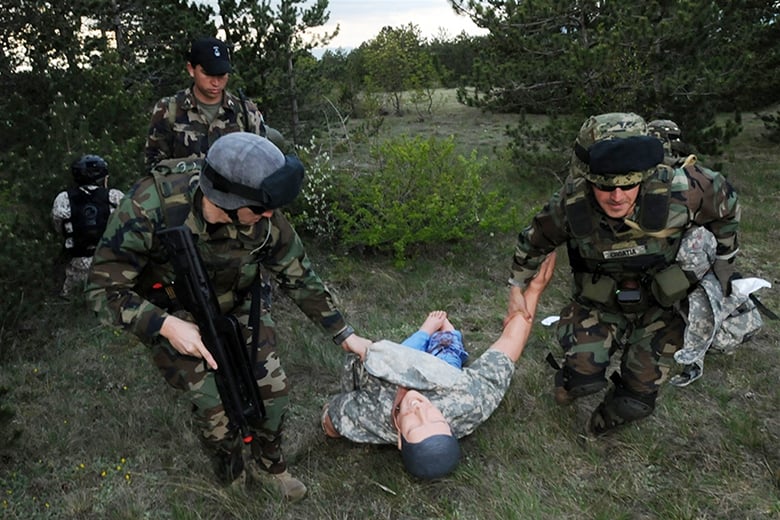
While first aid kits are important and you’ll probably find they’re the most commonly used kit in the house, injuries don’t always stay low-key and you may find yourself dealing with something that requires a bit more than a bandage or some medications. For these type of injuries, it’s useful to look into some of the training and educational materials provided by organizations like the CoTCCC (Committee on Tactical Combat Casualty Care). Medical kits used in these higher-level events are usually referred to as “trauma kits.”
Battlefield medicine is a tremendously helpful resource when it comes to understanding traumatic injuries and what the leading causes of preventable death are. This isn’t us trying to be morbid, the lessons learned and documented by the CoTCCC in the last two decades have helped us to understand traumatic injuries like never before and to develop methods and tools to better be prepared here at home, as well as on the battlefield.
There are numerous principles from different organizations, but the one thing they all seem to agree with is that during a traumatic injury, the number one priority is to stop bleeding. Whether it’s a gunshot or a car accident, the first step in treatment is to ensure that any traumatic bleeding has been stopped. For extremities (arms and legs) this usually means applying a tourniquet.
Extremity hemorrhage aka “bleeding out,” is the number one cause of preventable death, as established by the CoTCCC. Meaning that there’s only so much blood in your body and once someone crosses the 40% threshold of blood lost, there may not be any coming back from it, no matter when they get to higher echelon care (hospital).
This is why it’s been amazing that Law Enforcement has been increasing the amount of trauma kits, tourniquets and training they’ve been issuing to their officers over the past decade, providing them the tools and training to self-aid or buddy-aid as a first line of defense, rather than relying solely on EMS (emergency medical services) to arrive during a life-threatening injury.
Let’s Talk Tourniquets
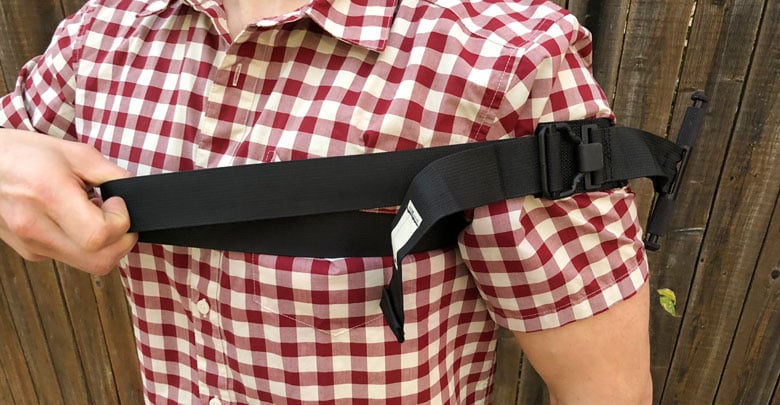
Tourniquets are a sore spot for some and there’s a great deal of bad information out there about them. Sometimes they’re mentioned as a last-ditch life saving effort, but modern treatment procedures (like the CoTCCC guidelines mentioned above) dictate that a tourniquet should be the first tool applied to an extremity hemorrhage. (An escape of blood from a ruptured blood vessel.)
Your heart is very efficient at pumping blood throughout your body and you’d be amazed at how quickly you can actually bleed to death. Applying a tourniquet to an extremity as the first step, helps stop the bleeding and allows time to assess the injury and determine whether the tourniquet should remain in place, or if something like a hemostatic gauze and pressure dressing is sufficient enough to stop the bleed.
When it comes to selecting a tourniquet, we recommend you only purchase tourniquets approved for use by the CoTCCC. Their approval means that the tourniquet has been tested and evaluated by the same professionals that help develop the TCCC Guidelines. Non-approved tourniquets on the market may malfunction or fail to fully stop bleeding and this can be deadly. It’s also important to purchase your tourniquets from a reputable source, as many replicas/fakes are beginning to make their way into the market on large online retailers like Amazon and eBay. A tourniquet is the last item you want to buy as cheaply as possible.
Lastly, tourniquets may not include an expiration date, but are prone to wear and damage from things like UV-exposure and friction. Make time to inspect your tourniquets in all locations to ensure they’re ready and in good condition when you need them. When in doubt, replace them and use (as well as mark) the old ones as training aids. You may also consider purchasing a dedicated pouch to place your tourniquet in, that’s fully enclosed to protect it from UV light and exposure to the elements.
Kit Up
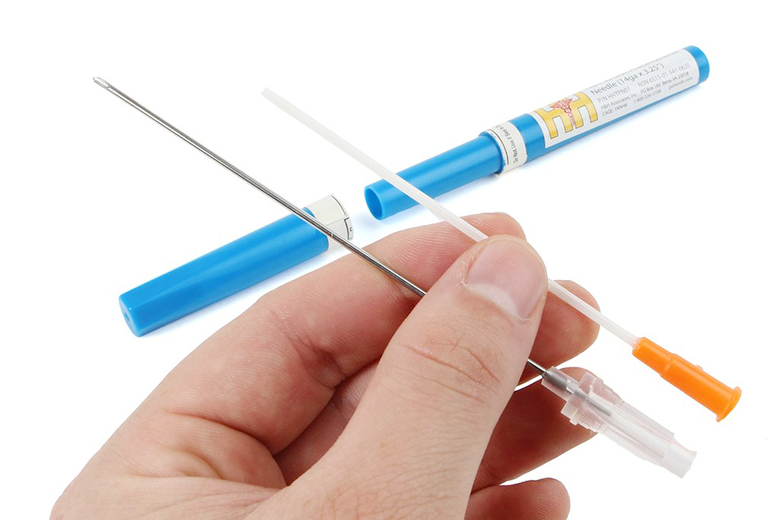
Other than tourniquets, there’s a number of other important components to consider with a full-scale trauma kit. Hemostatic agents have been a tremendously helpful tool in bleeding control, as they quicken your body’s own clotting process to stop bleeding faster. Combined with a good pressure dressing, hemostatic agents like QuikClot Gauze can fill a wound and keep pressure, while also hastening blood clotting.
Other important items to consider in a trauma kit are chest seals and a decompression needle. These items treat the #2 leading cause of preventable death, as established by the TCCC, tension pneumothorax. Chest wounds can result in this serious situation known as a tension pneumothorax, in which air builds up in the pleural cavity of the chest. This air build-up can quickly become fatal and a decompression needle allows the cavity to be vented and prevents further air build-up.
Decompression needles in trauma kits are a sticky subject with many people, as it takes real training to successfully utilize one and improper usage can result in further injury to the patient. However, we’ve always believed that having a tool doesn’t mean it will be improperly used and we’d rather have the tool available in case someone arrives that does have the necessary training and experience to utilize it.
We won’t get too far into all the items you should keep in a trauma kit, but we will encourage you to seek out further information and training to use one. It may not be as sexy of a skill as shooting or tactical training, but good medical training is a valuable skill to invest in.
What’s Your Responder Level?
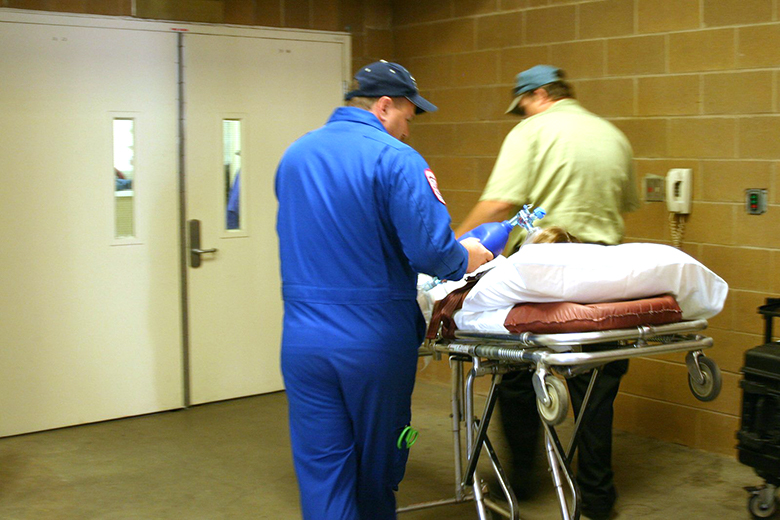
It’s great to think about the locations and situations you may encounter that require medical kits, but your training level will also dictate what you should keep on hand. If you’ve never had any training for a medical emergency, the highest-speed, fully loaded trauma kit isn’t going to do much, other than to allow you to increase the odds that the proper equipment will be there for a trained individual to use in an emergency. Which again, isn’t a bad thing.
We find that most people fit within three “Responder Levels,” the first of which is Basic. This type of person may not have any experience handling traumatic injury, but can usually clean a wound and apply a bandage. Next up, an Intermediate Responder has some level of training and may even have some experience treating injuries. Lastly, an Advanced Responder is someone that has extensive medical training and has most definitely responded to traumatic injuries.
This “Responder Level” isn’t anything official, just something to keep in mind when selecting the equipment you want to have available. However, keep in mind that even though you may be at a Basic level, someone may arrive on the scene of the injury with a more advanced skill level. Additionally, you can seek out training online and in your local area to further increase your skill level and better understand the gear you want to keep on hand.
Our Medical Kits
Hopefully, this piece has helped you consider and evaluate the medical kits you have on hand and their location, given you some ideas on items you need to pick up, or even some training courses you’re interested in taking.
Either way, feel free to check out our Medical Category (here’s that link we promised) to see our full lineup of first aid kits, trauma kits and other medical solutions we feel strongly enough to stake our reputation on. We take our kits and our quality seriously, always keeping the end user in mind when selecting individual components and the overall design.
Additionally, if you have questions regarding our kits or anything else, we’re always available through email at [email protected] Though we’ve tried to do a good job sourcing and producing the best items and not leave you drowning in choice, sometimes navigating things can be difficult and we’re here for you. Don’t hesitate to drop us a line, we promise you’ll get a real response from a real person that cares what you have on hand during an emergency.






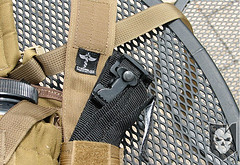
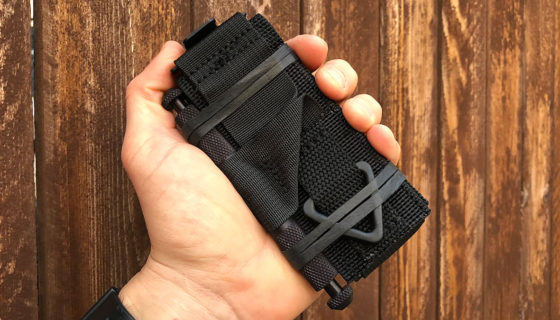
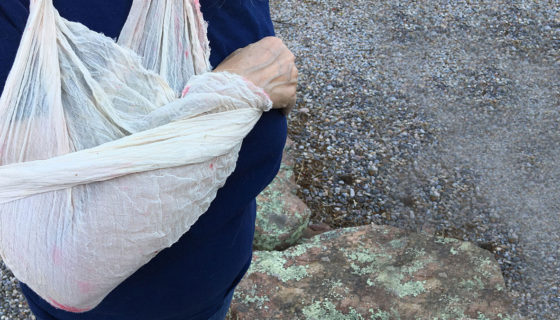
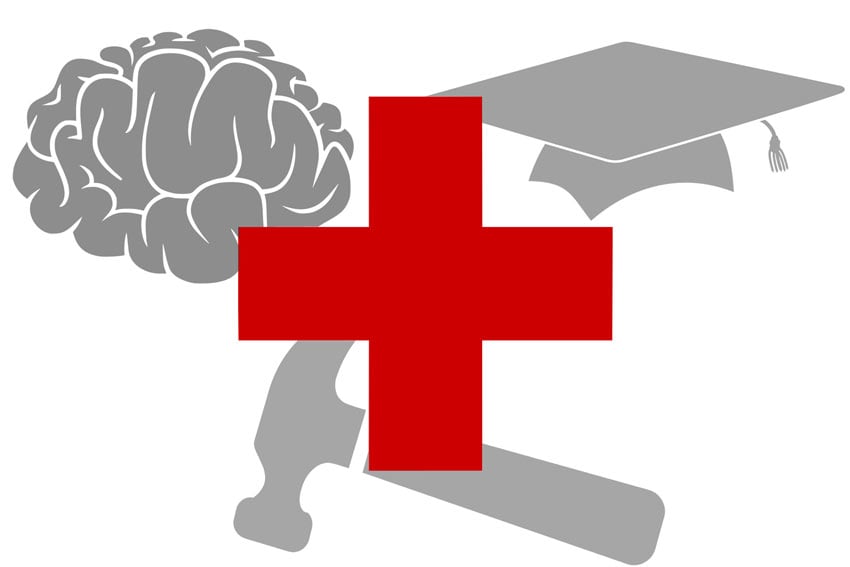

Discussion